最高のコレクション fern plant care 219520-Fern plant care in winter
HUMIDITY Growing ferns indoors is usually a pretty challenging task One aspect that can make indoor fern care challenging is that ferns generally require (or at least prefer) high levels of humidity This is not all that surprising, as the natural habitat of many ferns is moist, shady forestsDirect sunlight is a nono and will scorch the fern's delicate leaves Maidenhair ferns like partial shade, so find a nice shady corner where the plant casts a soft shadow at most A far corner in a bright room works best, or a corner near a window in a northfacing room is also a good choice WaterTo plant, dig a hole in the soil that is twice the length of the seeds you're planting Then, cover the seeds with a light layer of soil You will not need to worry about planting and watering the seeds if you chose to plant the tubers instead of seeds For example, plant seeds that are 1/8th of an inch in 1/4th soil
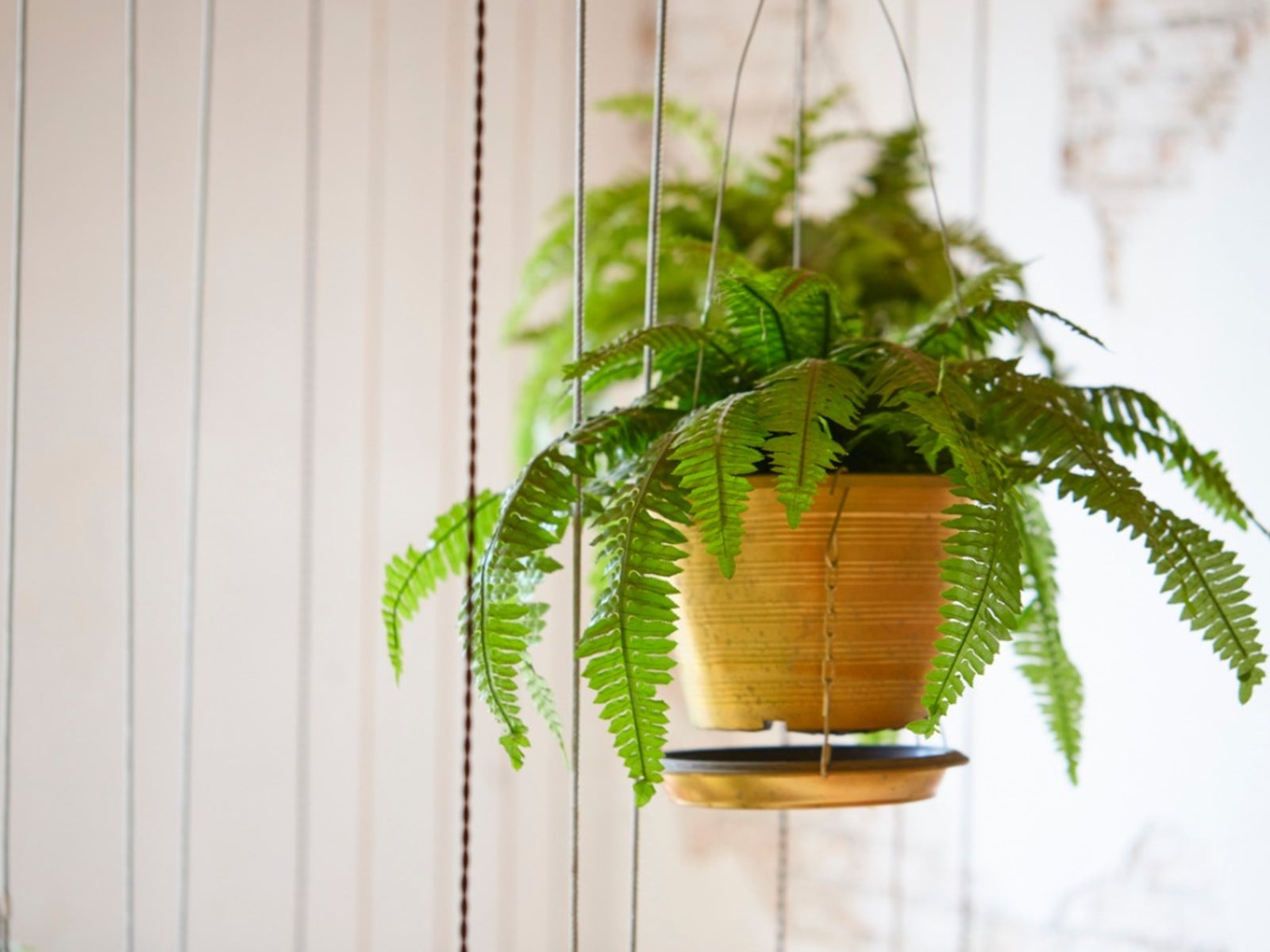
Boston Fern Care How To Take Care Of A Boston Fern
Fern plant care in winter
Fern plant care in winter-🌿LINKS🌿Espoma Organic Potting Mix https//amznto/2E7INjrEspoma Organic Indoor Fertilizer https//amznto/2X3JOAmMister https//amznto/2X0RRy3Gray CTo keep the humidity level high, double pot your fern First, select a pot which is larger than the pot you have planted your fern Then cover it with moss soaked in water Now put the second pot into the larger pot and cover the soil with a layer of wet moss



Care Of Boston Fern Growing Nephrolepis Exaltata The Gardening Cook
I will teach you everything you need for success andBoston ferns (Nephrolepis exaltata) are popular houseplants and proper Boston fern care is essential to keeping this plant healthyLearning how to take care of a Boston fern isn't difficult, but it is specific Below, we have listed a few care tips for a Boston fern so that you can provide everything your fern needs to be happy and beautifulAsparagus ferns are an easy to care for evergreen houseplant with feathery, fernlike, clumping leaves Some of the most common types of Asparagus ferns are foxtail, plumosa, ming and sprengeri Asparagus ferns like a loose, airy soil, high humidity and bright to medium indirect light We will cove
Asparagus fern's "leaves" are actually tiny branchlets called cladophylls that are flat and look like leaves Mature plants become woody and can develop sharp spines on the branches, so take caution while trimming older specimens, and wear gardening gloves if you plan to prune an older plant When asparagus fern is content in its location, it can produce small flowers and berriesCaring for Outdoor Ferns 1 Plant the ferns in full to partial shade Ferns thrive in shady environments where they get just enough sunlight 2 Water your ferns once or twice a week if it isn't raining Ferns need regular moisture, and they can get it on their 3 Cut back damaged fronds FernsTips for Growing Ferns Indoors Humidity All ferns love moisture and should be given humid conditions In living rooms and family rooms, stand their Compost/Soil You also need to provide the right compost Most ferns are forest or woodland plants and have tender, Light Although most ferns
Holly Fern Growth and Care Guide 1 Description These plants are mostly used as a filler plant in a garden or outdoor trim, but several people love to keep these large leafy bushes inside pots in their homes as well With large waxy frond that extends outwards, these plants resemble a traditional Holly bush, without the signature berriesThat's right The Asparagus Plumosa Fern!What's neither an asparagus nor a fern?
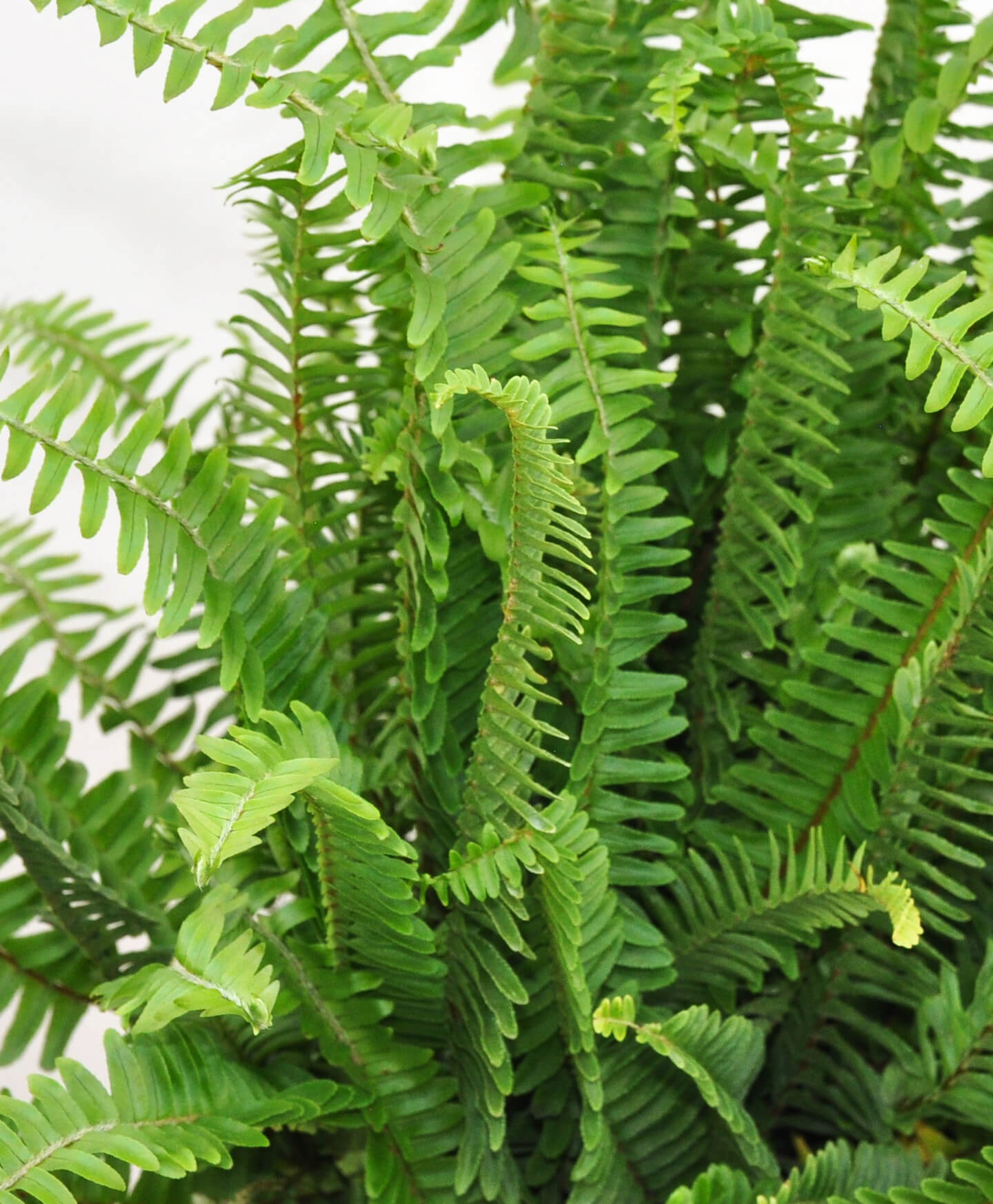


Why Is My Kimberly Queen Fern Dry And Crispy Bloomscape
/grow-adiantum-ferns-1902722-10-4e79074809694fa8bea32a562b1eb28a.jpg)


Maidenhair Fern Indoor Plant Care Growing Guide
Maintenance and Care Java Fern is one of the easiest plants to care for;Aquarists commonly use them because of their slow growth Java Fern is hardy and doesn't need strict water conditions to thrive They are easy to reproduce, care, and can be used with a variety of fishes These qualities make it easier for the beginner to grow this plant in the aquariumAs forest floor plants, wild ferns thrive on a steady supply of gently decaying organic matter In the home, this means giving them a steady supply of weak fertilizer during the growing season A weak liquid fertilizer or slowrelease pellet fertilizer is perfect You can add a few drops to the water you use for misting the fern
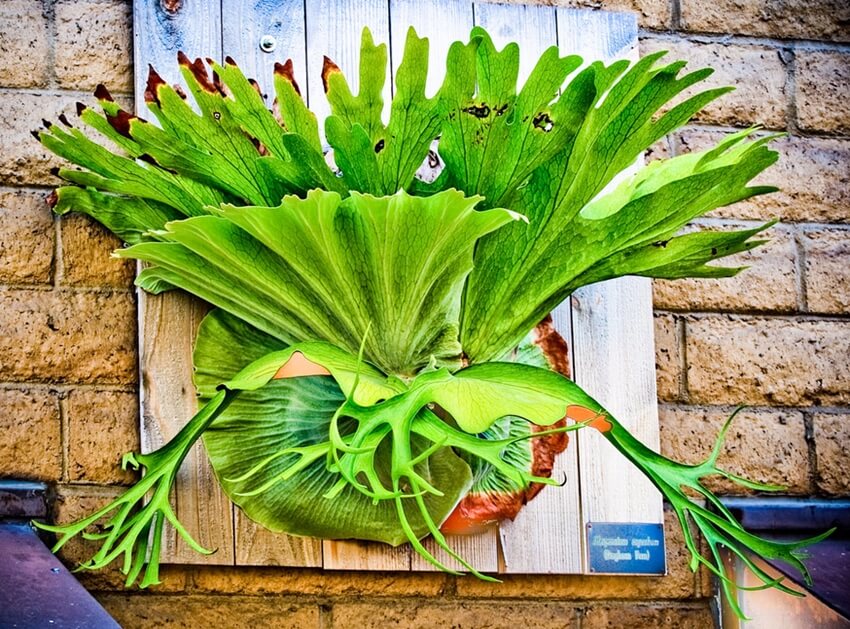


How To Grow A Wall Mounted Staghorn Fern Besgrow At The Root Of Healthier Plants



Greenery Unlimited Bird S Nest Fern Care
Ferns Need Plenty of Indirect Light Most ferns prefer indirect light, which means you should avoid placing them where sunlight will hit them—their leaves can get scorched if you do, resulting in a dry, crispy plant Usually, the amount of light they would get near a north or eastfacing window is perfectPerhaps one of the most widely used plants both indoors and outdoors is the Nephrolepis exaltata Learn how to care for Boston fern, a gorgeous plant that can be both easy to care for or dramatic These plants are often seen in hanging baskets or vertical pots, ground cover, or mounted in wallsThere are a number of outdoor ferns to choose from with the following being the most common Southern maidenhair fern – Southern maidenhair fern is a hardy spreading plant that will survive in a wider range of Lady fern – Lady fern is drought tolerant, grows up to 3 feet (9 m), and has a


Q Tbn And9gcrspr493cbah0xgmyeufitofcatk59gfvmtfgslkb3cjt8cx8ij Usqp Cau



Fern Plant Care How Do You Take Care Of A Fern At Home And Garden Home Gardeners
Water Most plants that can thrive in a dry environment can withstand without water for a long time Holly Fern, however, is not in that category Holly Ferns need to be watered on a regular scheduleFern Care Ferns are native to almost every corner of the globe, but particularly abundant in areas of high moisture, like a tropical rainforest floor They are seldom found in cold, dry climates Ferns reproduce through spores, meaning they produce neither seeds nor flowersBy mimicking the environment where it originally belongs, you'll surely find the right balance to keep your hear fern in good condition To care for a heartshaped fern, you have to provide the right combination of light, water, temperature, humidity, fertilizer, and soil You have to learn basic knowledge of propagation, pruning, and repotting



Houseplants 101 Taking Care Of Ferns Terrain


Fern Houseplant Costa Farms
Reduce water during the winter so the soil is just barely moist, but don't allow it to dry out completely Tropical ferns require higher relative humidity levels, between 40 and 50 percent, forFerns are one of the oldest plants, dating back to prehistoric times These adaptable plants will thrive indoors with the right amount of humidity Some ferns to consider are button ferns, maidenhair ferns, holly ferns, asparagus ferns and staghorn ferns Here are a few pointers about their careThis hampers the entire process of breathing and photosynthesis The maidenhair fern is a plant that is endowed with thin leaves Therefore, it is prone to lose immense moisture from its leaf pores Hence, all attempts should be made to keep its surroundings moist and humid at all possible times



How To Care For Ferns Fern Plant Care



The Rainforest Garden How To Care For Frosty Ferns
What's neither an asparagus nor a fern?1 Double potting the plants works for ferns and other humidity and moistureloving plants To double pot ferns, get one 2 Placing the pot over a saucer or tray filled with small pebbles and water is also an easy way to increase humidity 3 By far using humidifier is the best way to increaseThe Boston fern (Nephrolepis exaltata), also known as the sword fern, is a popular fern species that grows in many tropical areas around the worldIt is also commonly kept as a houseplant, especially because it doesn't have high sunlight needsThe foliage of this fern remains evergreen Its swordshaped, bluegreen fronds with many tiny leaflets are erect and arch as they grow larger



Boston Fern Care How To Take Care Of A Boston Fern



Indoor Boston Fern Care Keep Your Fern Lush And Green
Indoor ferns have gotten a bad reputation This post will focus on fern care in general, but I will illustrate using Nephrolepsis exaltata plants, or the common Boston Fern They can be tricky to grow But it doesn't have to be!Although ferns come in many shapes, sizes and textures, their care requirements are similar across the board If planted in the right conditions, ferns can be a full and foliageforward addition to landscaping Light Ferns prefer a dappled shade canopy Dense shade or bright sun will stress ferns beyond their comfort levelThat's right The Asparagus Plumosa Fern!


How To Care For A Bird S Nest Fern Plants 101 The Sill
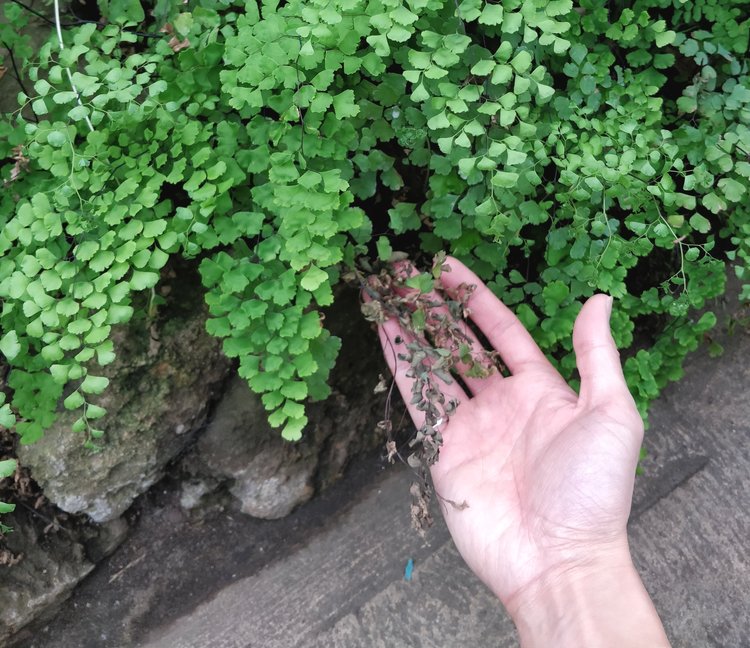


Maidenhair Fern Care Not That Delicate House Plant Journal
If you've ever struggled with growing aquarium plants, give this one a go You might find that it takes a while for your plant to start growing, it may just be adjusting to your tank conditions and establishing its rhizomes Once this has happened, it will start growingJava Fern Plant – Care, Growth, Propagation, Light Scientifically known as Microsorum Pteropus , the Java Fern plant is a classic and popular plant If anything, this plant is an aquarium smash hit thanks to its unique leaf structure, slow growth, and ease of care as well as reproductionMost ferns are adapted to the loamy understory of forests and rainforests Even the epiphytic ferns (air plants that don't have roots), such as the staghorn, tend to thrive in the loamy leaf litter that collects in the crooks of tree branches So make sure your ferns are well hydrated Touch the soil and water your fern if the top feels dry



Maidenhair Fern Care Growing Watering Requirements Propagation Plant Index



All About Kimberly Queen Ferns Calloway S Nursery
Celosia Plant (Cockscomb) Care & Growing Guide Leaf drop occurs in this plant when it's not exposed to enough bright indirect light The colors of its leaves will fade first, and then the leaves fall off a few days later Always keep this plant in front of a large window or on a porchAsparagus Fern Indoor Plant Care Conditions If you live in planting zones of 9 or above, you can easily grow your asparagus fern outdoors In all other zones, it is grown indoors as a houseplant Asparagus fern indoor plant care takes a little more effort There are important conditions that are a must for it to thriveThe fern may not grow so well in a south or west window, as the light is more intense and can be too harsh for the fronds Too much light dries the plant out Ferns can grow in lowlight conditions, but they can not grow in nolight conditions Ferns that are not getting enough light will have retarded growth and poor color



Fern Care Guide How To Keep Your Ferns Alive Planterina Planterina
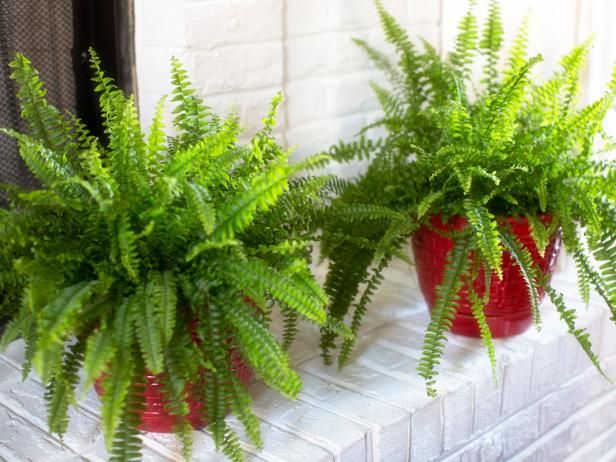


The Best Ferns To Grow Indoors Hgtv
Plumosa Fern Care Tips Start With Healthy Plant If you're the one shopping for your own plumosa fern, make sure to choose a good plant Opt Set a Conducive Environment The basic requirements discussed above are there to guide you about which conditions are Enough Should Be Enough Light andThe houseplant fern species can grow in loam, clay, or sand, but the soil has to be rich in organic matter, moist, and welldraining Expert planters suggest to topmulch the plant periodically for best results It also prefers acidic soilPut them in an east window if you have one or back a bit from the west and place them on pebble trays to raise the humidity, like the one below A pebble tray helps raise the humidity around the fern If you can find one of these "nest" ferns, get one They really are beautiful and not that hard to grow, as ferns go
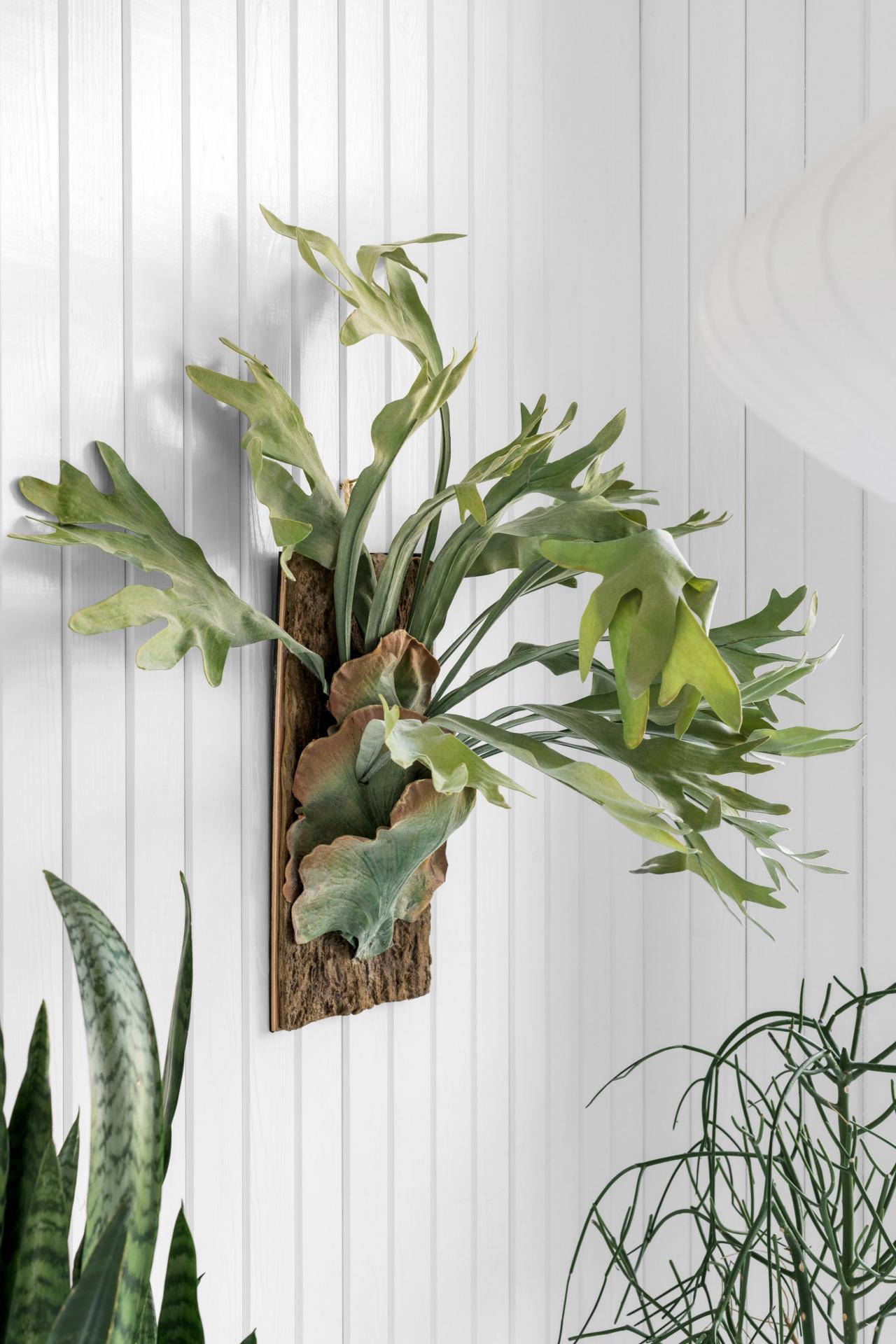


How To Take Care Of A Fern Indoors Hgtv



How To Grow And Care For Ferns Gardener S Path Plants Ferns Care Ferns Garden
In temperate climates, you can even plant ferns all year round Choose a shady location The majority of ferns thrive in partial to full shade conditions If your specific species of fern does happen to tolerate partial sun, make sure it gets extra water to compensate for the heat Plant ferns in moist, slightly acidic soil In their natural environment, most ferns grow in humid forests or on the bank of a water source, so they generally require very moist soilTo care for a heartshaped fern, you have to provide the right combination of light, water, temperature, humidity, fertilizer, and soil You have to learn basic knowledge of propagation, pruning, and repotting Lastly, you'll have to manage impending problems with pests and diseasesThese plants are actually very low maintenance, as long as you provide them with the right kind of care and provide them with the right environment It's important to remember that ferns will not do well when they are exposed to very low temperatures for a long period of time



The Houseplant Diaries How I Learned To Stop Worrying And Love Finicky Ferns Gardenista
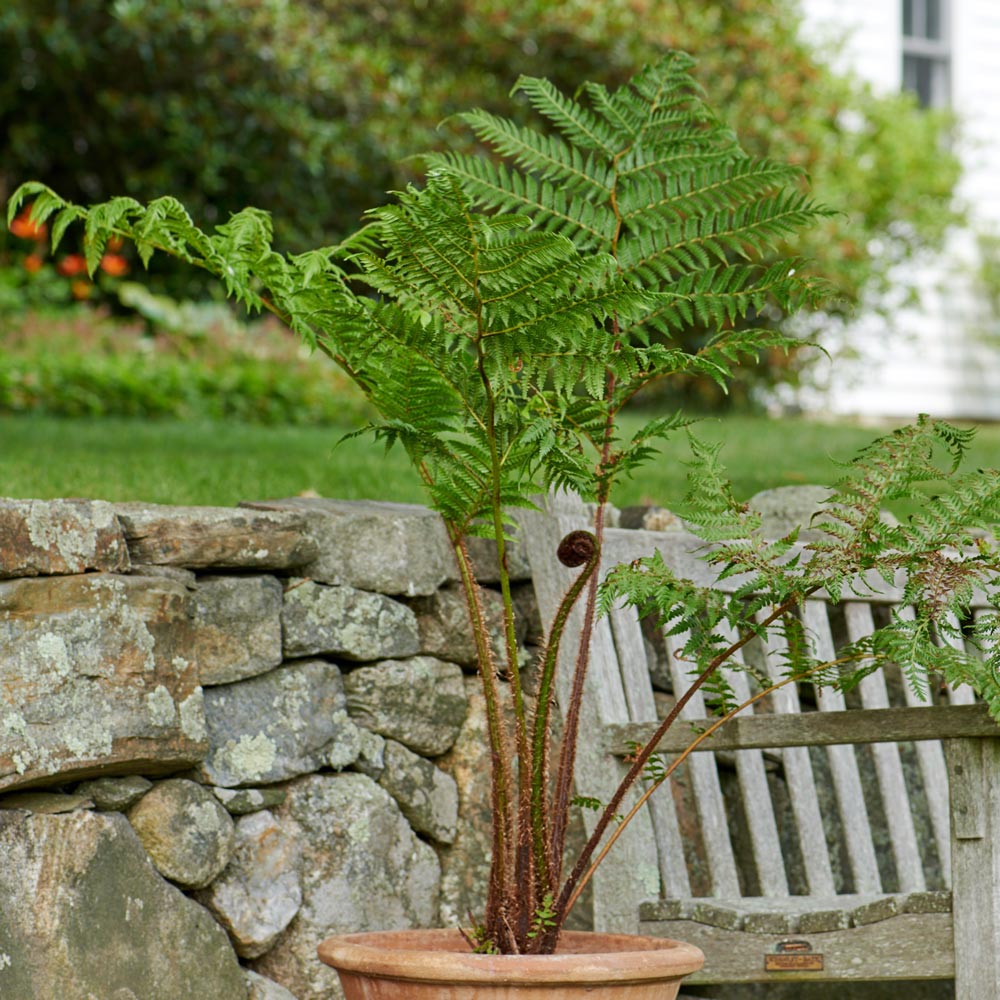


Australian Tree Fern White Flower Farm
🌿LINKS🌿Espoma Organic Potting Mix https//amznto/2E7INjrEspoma Organic Indoor Fertilizer https//amznto/2X3JOAmMister https//amznto/2X0RRy3Gray CKangaroo Paw Fern Plant Care Basics SOIL The single most important factor when choosing soil for your Kangaroo Paw fern is to choose soil that is moist and welldraining Soil with some organic matter in it is perfect for your Kangaroo Paw fern, think compost, perlite or pine bark/orchid barkPerlite and bark will improve the aeration of the soilWith its gorgeous feathery, lacelike foliage, the Plumosa fern (Asparagus setaceus), a subspecies of the Asparagus Fern (asparagus plumosus), is a beginnerfriendly outdoor, and even indoor houseplantDespite what many believe, this foliage plant isn't a true fern, but rather is part of the lily family



Boston Fern Browning What To Do For Boston Fern With Brown Leaves



Complete Guide To Boston Ferns How To Grow Care For Them
To care for a Boston fern, first make sure it's in a place that gets indirect sunlight Keep the soil damp, and water the fern if the soil feels dry Boston ferns thrive in high humidity, so if you live in a dry climate, run a humidifier or place it on a tray filled with pebbles and water to raise the humidityThe staghorn fern is a typical jungle plant that does appreciate plenty of humidity If your home has very dry air it might not be happy in there Try placing the plant in one of the more humid areas of the house, like the bathroom, or run a humidifier to keep the moisture levels up Temperature Again, you'll have to think jungle herePartial shade suits this fern just fine Dig up the soil and add in about 4 inches of compost, rotten leaves, or peat moss to the topsoil This helps with aeration, water retention, and makes the soil loose enough for the roots of the fern to penetrate



Variegated Boston Tiger Fern Plant Nephrolepis Exaltata Kens Nursery
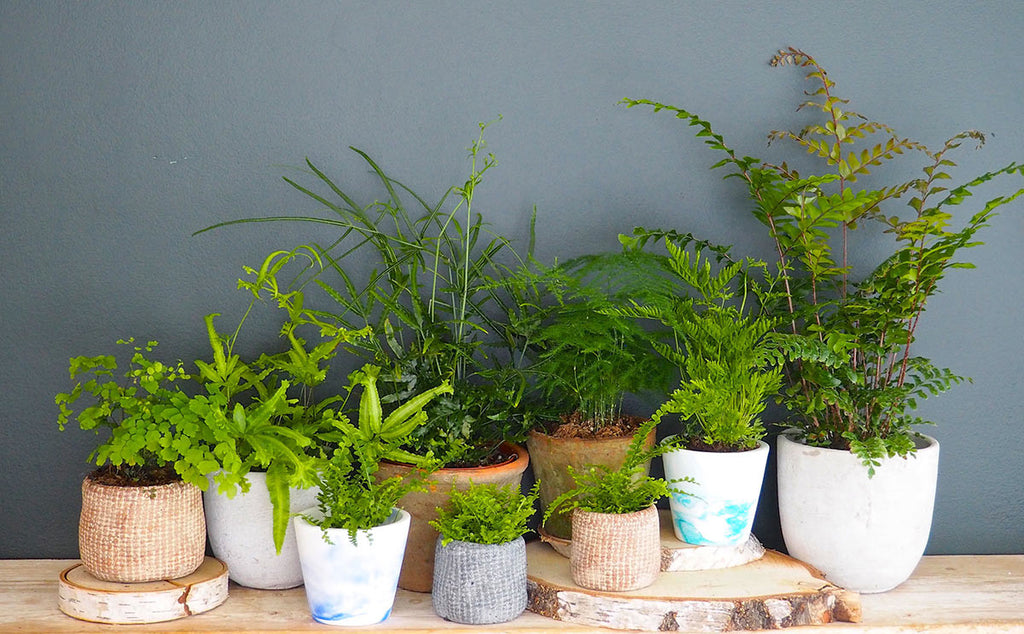


How To Care For Your Houseplants Let S Talk About Ferns Botanique Workshop
With its gorgeous feathery, lacelike foliage, the Plumosa fern (Asparagus setaceus), a subspecies of the Asparagus Fern (asparagus plumosus), is a beginnerfriendly outdoor, and even indoor houseplantDespite what many believe, this foliage plant isn't a true fern, but rather is part of the lily familyIncrease the humidity around the plant The humidity around a fern is just as important to the plant as the amount of water at the roots Ferns like humidity, so the closer you can duplicate the humidity around a steamy, wet forest floor, the happier your fern will be Fronds turn brown at the ends when humidity is too lowA heavy plant is likely holding a lot of water and doesn't need more, whereas the reverse is true if it feels light Dark tips on the fronds mean the plant isn't getting enough water, and you will need to provide it with more moisture Soaking the Staghorn Fern is an alternative method of watering that you can use
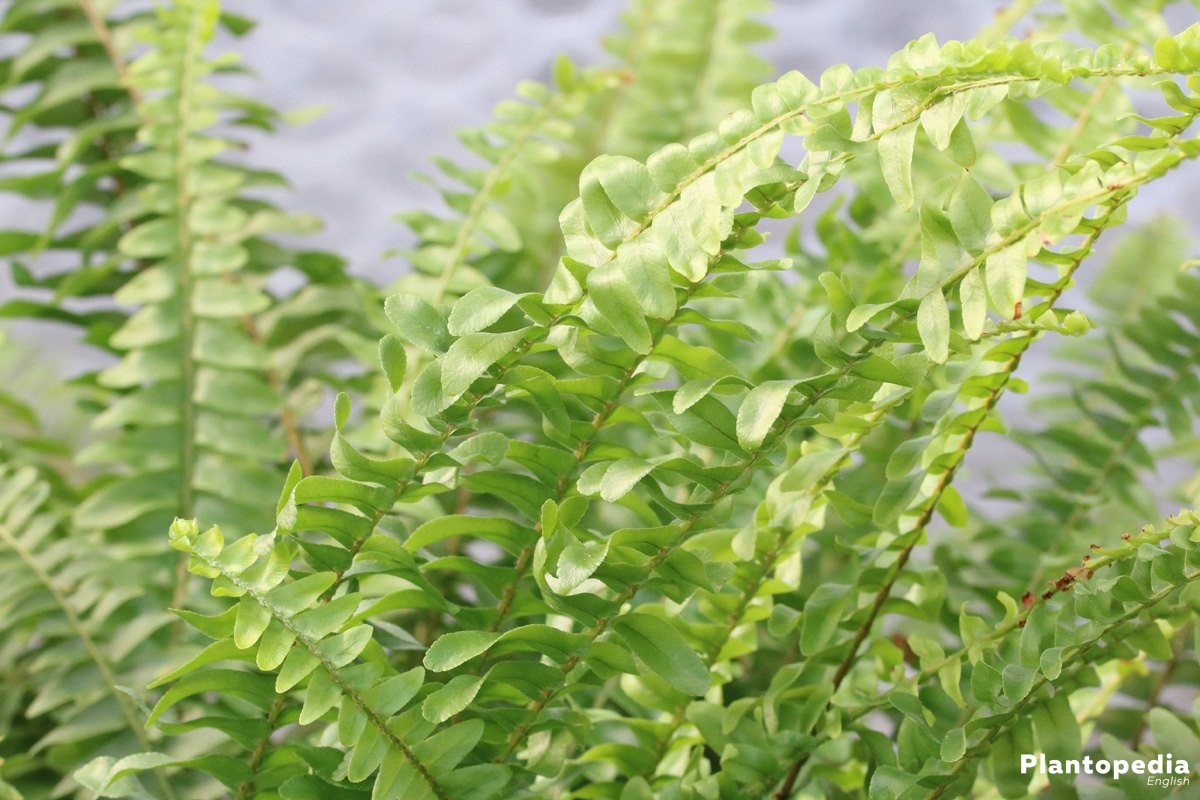


How To Care For Boston Fern Plants Growing Nephrolepis Exaltata Plantopedia



Stop Killing Your Boston Ferns Full Care Guide Youtube
Plant ruffle ferns in a container filled with equal parts garden soil, perlite or sand, and sphagnum or peat moss, recommends University of Florida Use a container appropriately sized for theFrosty fern care also means upping the humidity, especially in the winter when air tends to be drier A good way to maximize the humidity is to use a humidifier or fill a tray with pebbles and water and place it underneath the tray When the level of water reduces, add moreBoston Fern Indoor Care Ferns might have a reputation for being fussy, but they are truly very hardy plants Fern fossils are found dating them back about 360 million (!) years Over the years ferns endured the meteor crash that wiped out the dinosaurs, and lived through extreme hot and cold temperatures
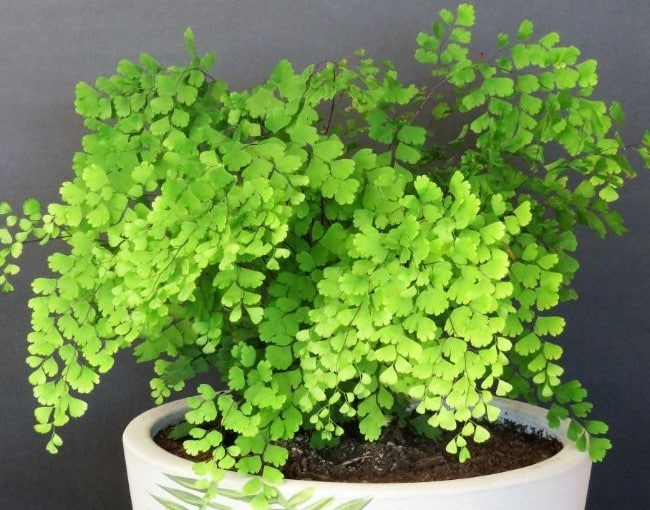


Maidenhair Fern Care How To Grow Adiantum Smart Garden Guide



Asparagus Fern Asparagus Fern Plants Ferns Garden
The staghorn fern is a typical jungle plant that does appreciate plenty of humidity If your home has very dry air it might not be happy in there Try placing the plant in one of the more humid areas of the house, like the bathroom, or run a humidifier to keep the moisture levels up Temperature Again, you'll have to think jungle here


Q Tbn And9gcsbuma7eh07amx5k8iujsfqt0wil80m4dhi7wt Ghrpotp7rq Usqp Cau



2u Fwbccuwtjim



8 Ferns You Can Grow Indoors Be Inspired



How To Care For Boston Fern Plants Growing Nephrolepis Exaltata Plantopedia
/kararileybostonferns-7-0183dd5556834787aab1407cd7598560.jpg)


Boston Fern Plant Care Growing Guide



Complete Guide To Boston Ferns How To Grow Care For Them
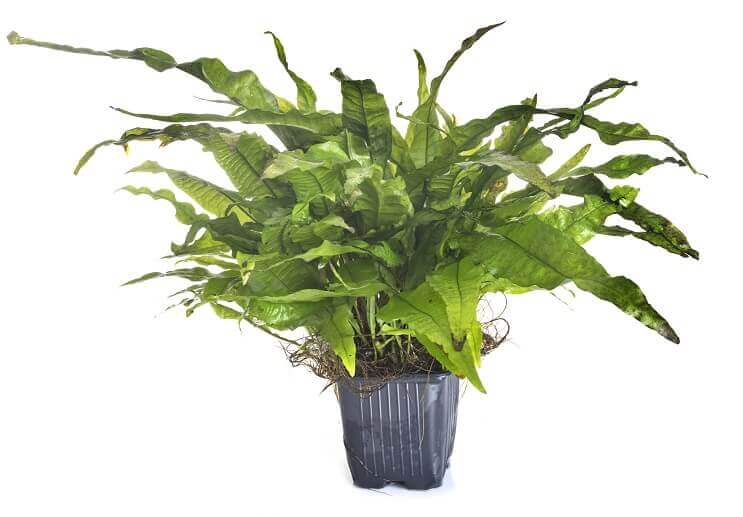


Java Fern Complete Care Guide Species Planting And Propagation Fishkeeping World
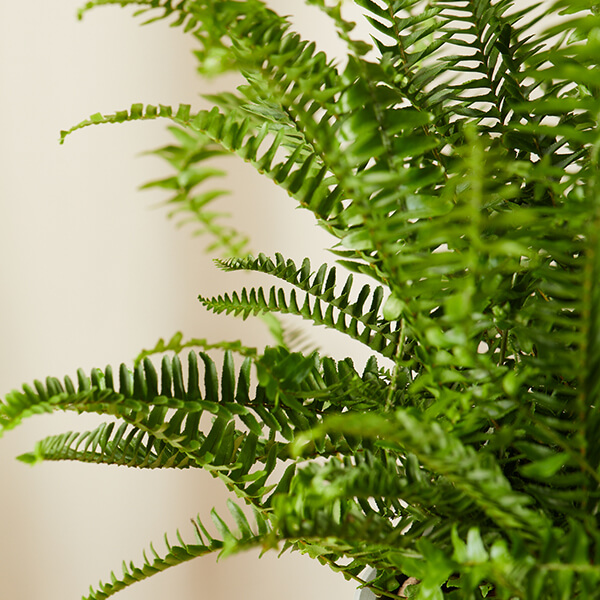


Fern Plant Care Guide Bloomscape
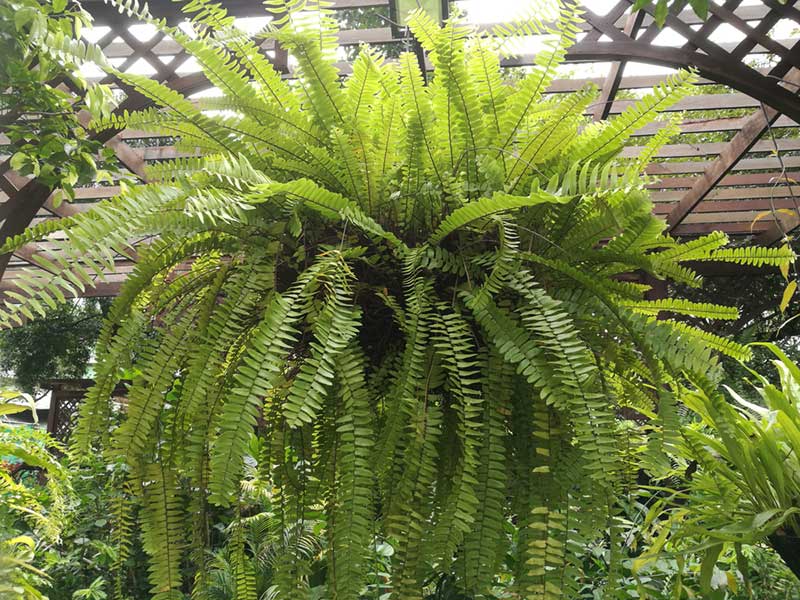


Boston Fern Care Growing Beautiful Boston Fern Houseplants Garden Lovers Club
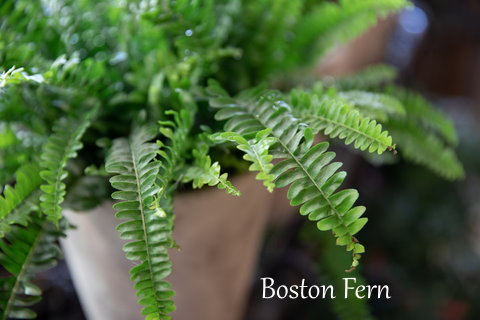


Growing Boston Fern Indoors Nephrolepsis Exaltata Care Tips



How To Care For Your Houseplants Let S Talk About Ferns Botanique Workshop
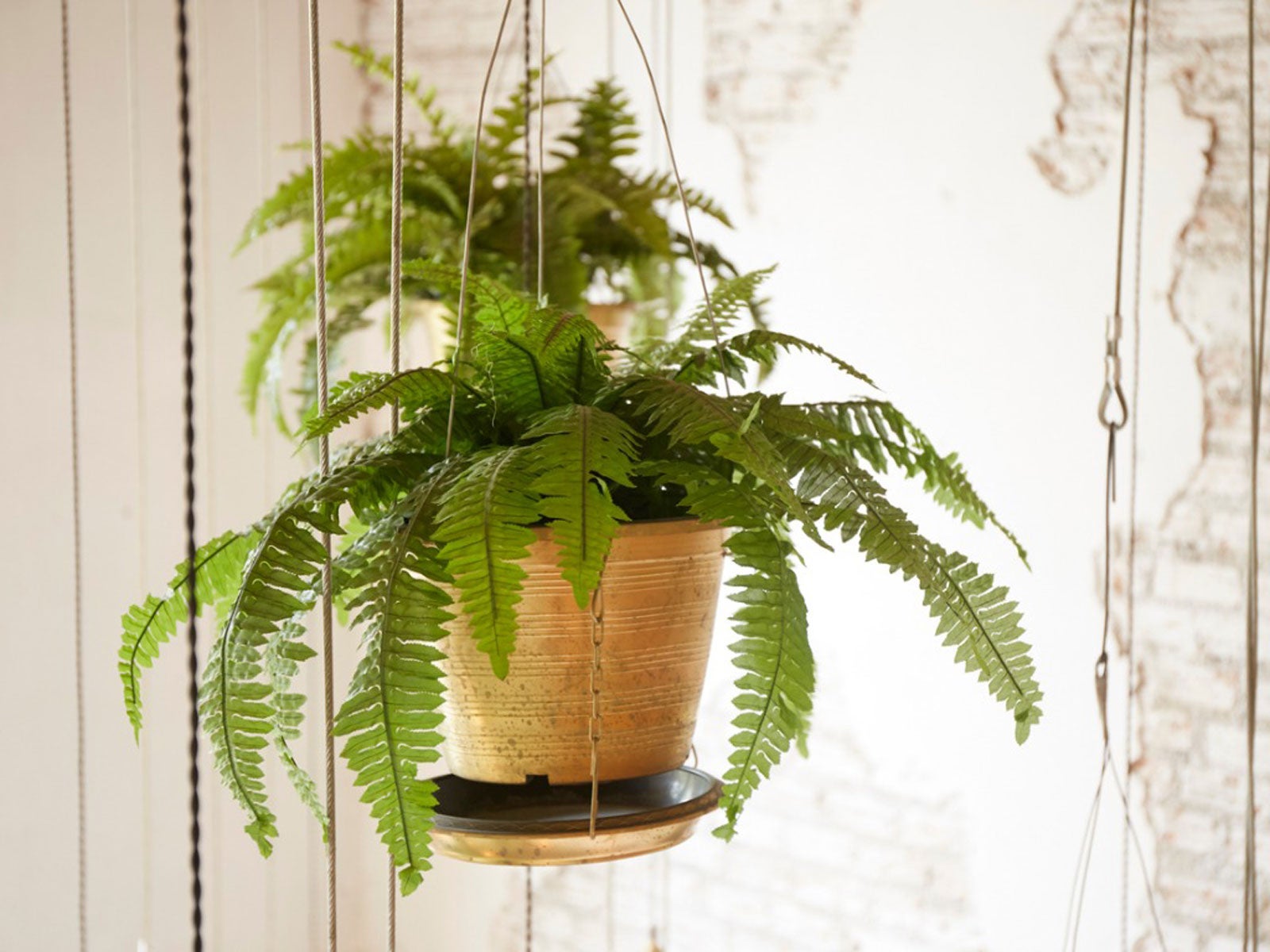


How To Care For Fern Plants In The Home



Boston Fern House Plant How To Take Care Of A Boston Fern Permanent Plant Urdu Hindi Youtube



The Fern Lover How To Care For Frosty Fern Plants


How To Make Your Plants Happy Fern Chester Care Guide 36vine
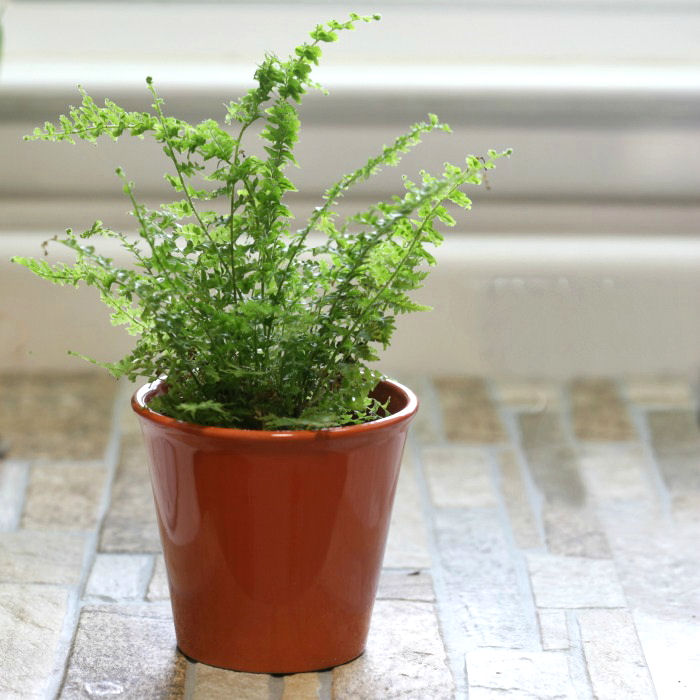


Care Of Boston Fern Growing Nephrolepis Exaltata The Gardening Cook



Amazon Com House Plant Shop Fern Jester S Crown 4 Pot Live Indoor Plant Free Care Guide Garden Outdoor
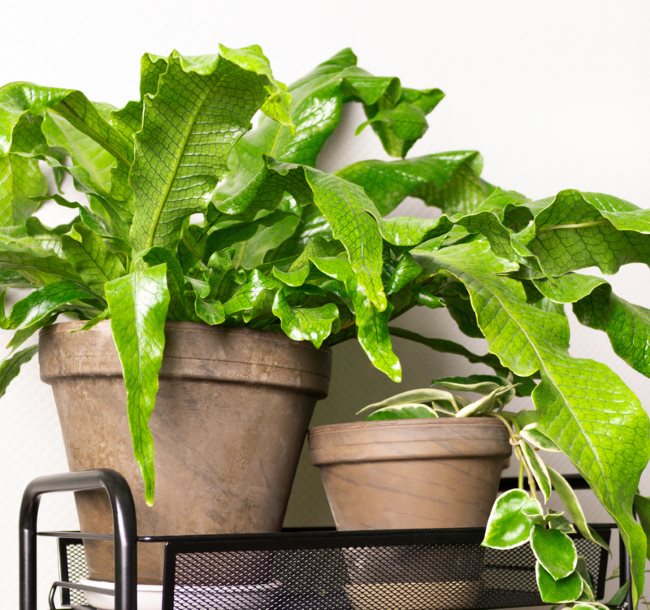


Crocodile Fern Care How To Grow Microsorum Musifolium As A Houseplant



Master The Maidenhair Fern Greener House Nursery
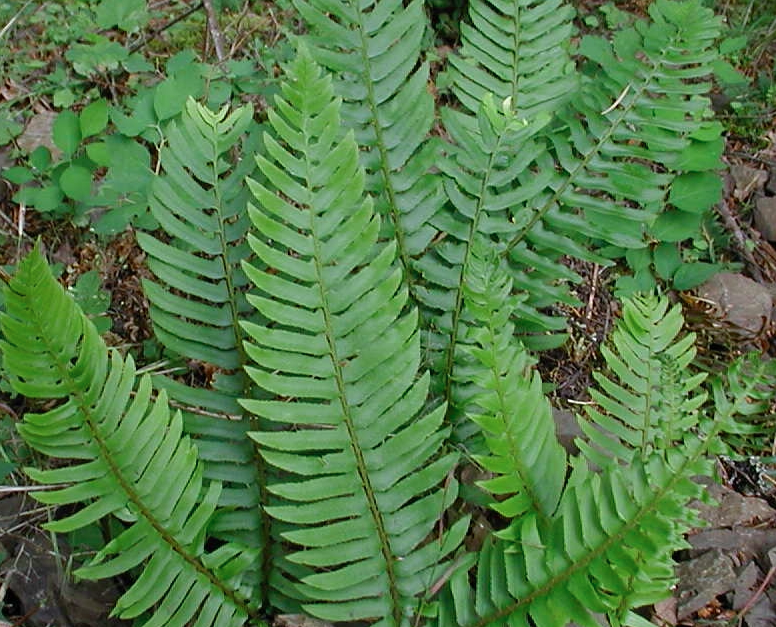


Western Sword Fern Care Osera


Buy Button Fern Plants Online Garden Goods Direct



Shop By Category Ebay Ferns Care Plants Fern Plant



Sword Fern Plant Care How To Grow Sword Ferns Dummer Garden Manage Gfinger Is The Best Garden Manage App
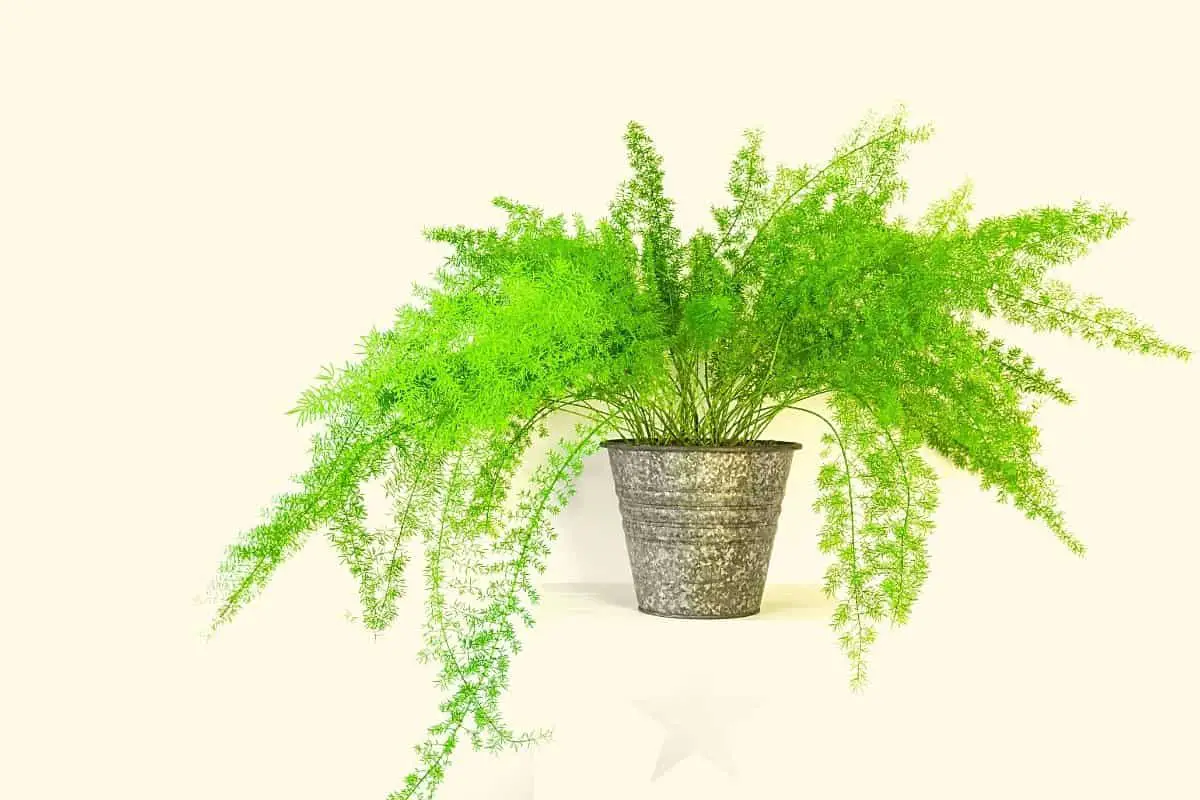


Asparagus Fern Indoor Plant Care A Complete Guide Gardening Dream
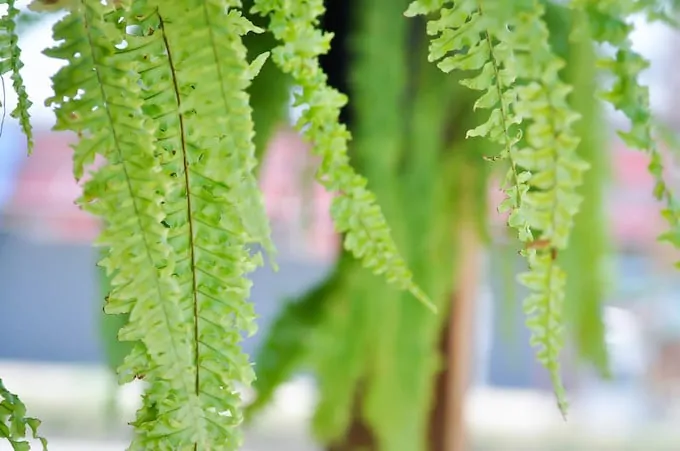


The Ultimate Boston Fern Plant Care Guide
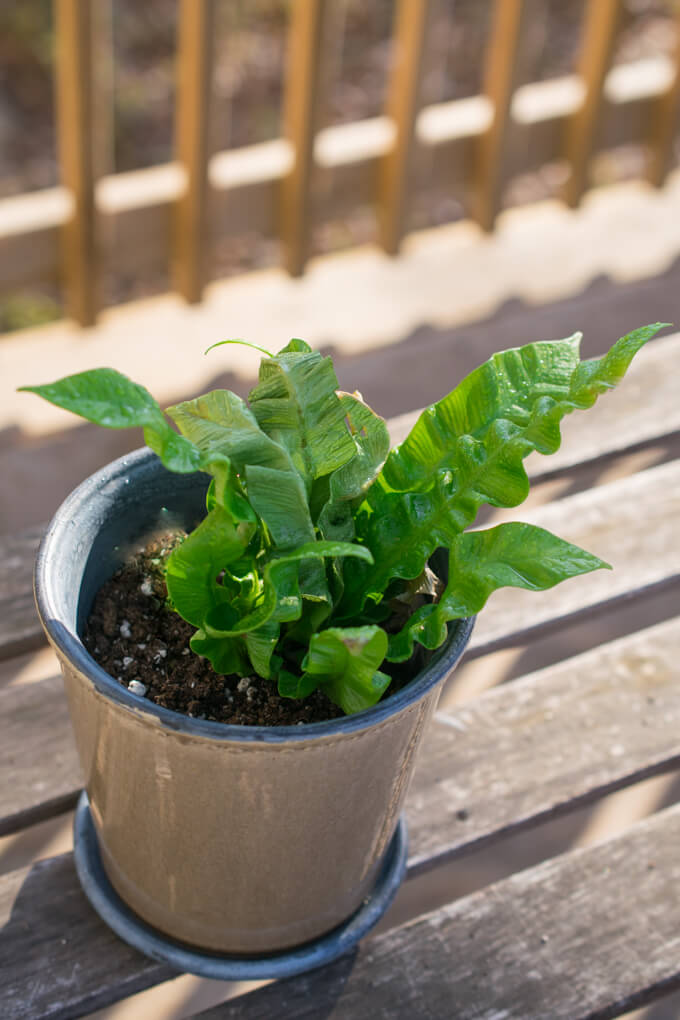


Crispy Wave Plant Care And Troubleshooting Yup It S Vegan
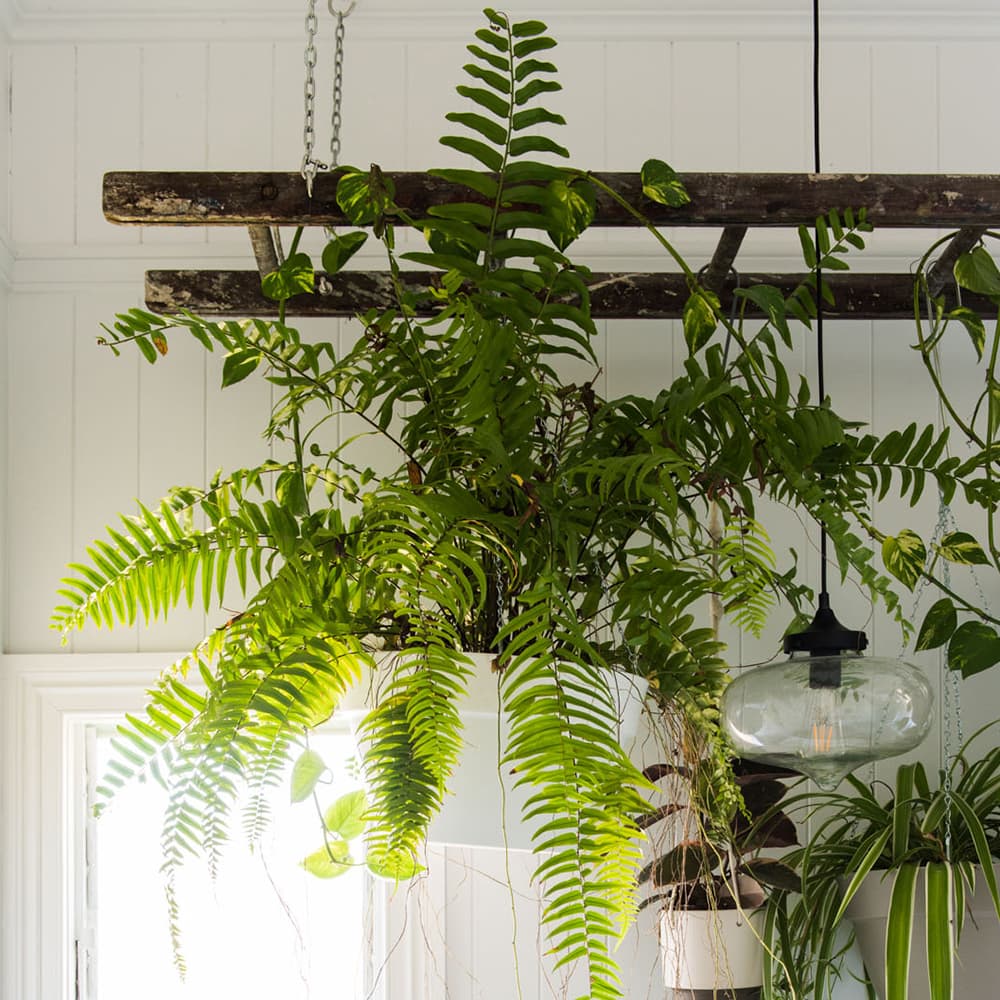


Boston Fern Plant Care How To Grow Maintain Boston Ferns Apartment Therapy



Garden Ferns How To Grow And Care For A Fern Garden Outdoors
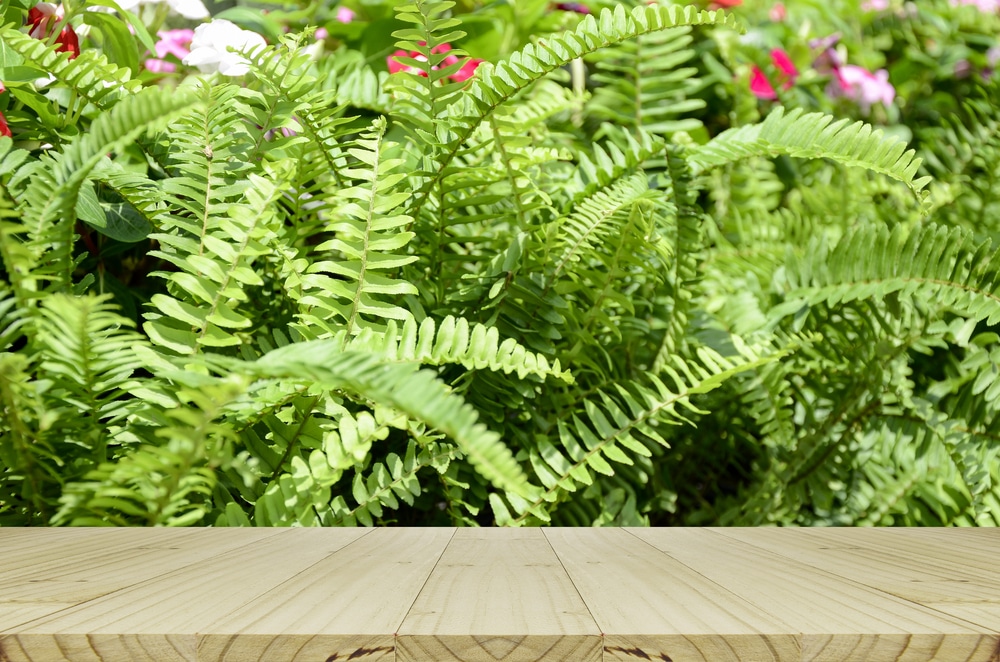


Boston Fern Outside Care Tips To Keep Them Happy



How To Care For Ferns 12 Steps With Pictures Wikihow Life



How To Take Care Of Your Mini Frosty Fern



How To Care For Ferns Fern Plant Care



How To Look After Your Blue Star Fern Phlebodium Aureum Gardens Illustrated
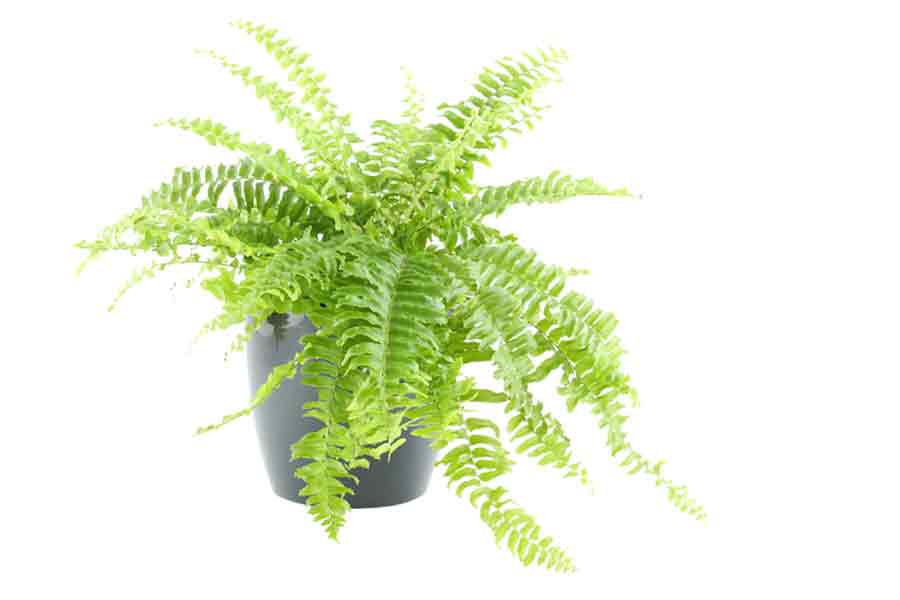


Plant Care Boston Fern House Plants Flowers



Boston Fern Outdoor Care Tips For Growing Boston Fern In Gardens
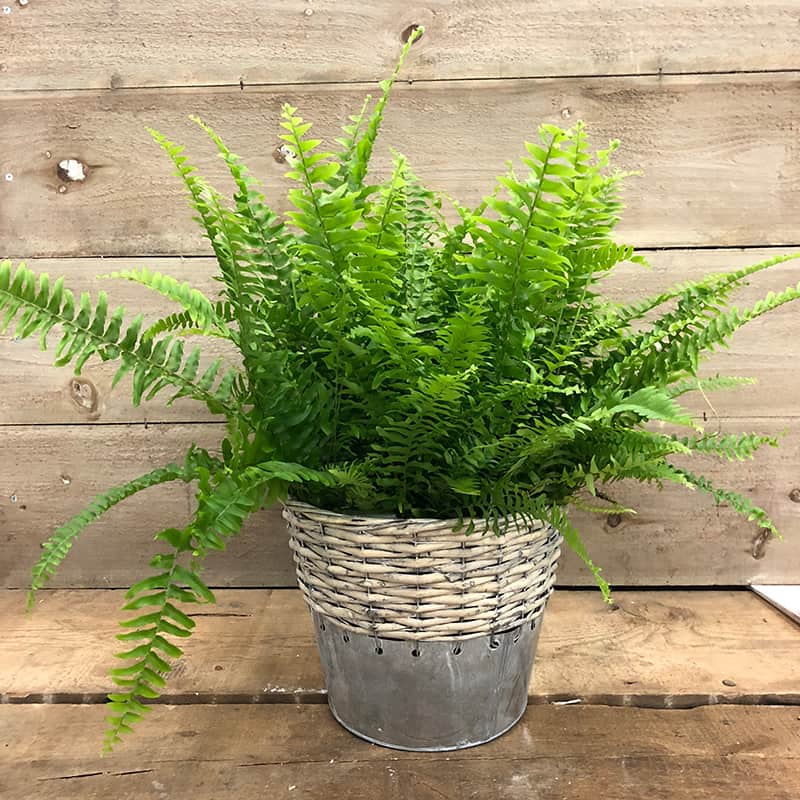


Boston Ferns Buying Growing Guide Trees Com
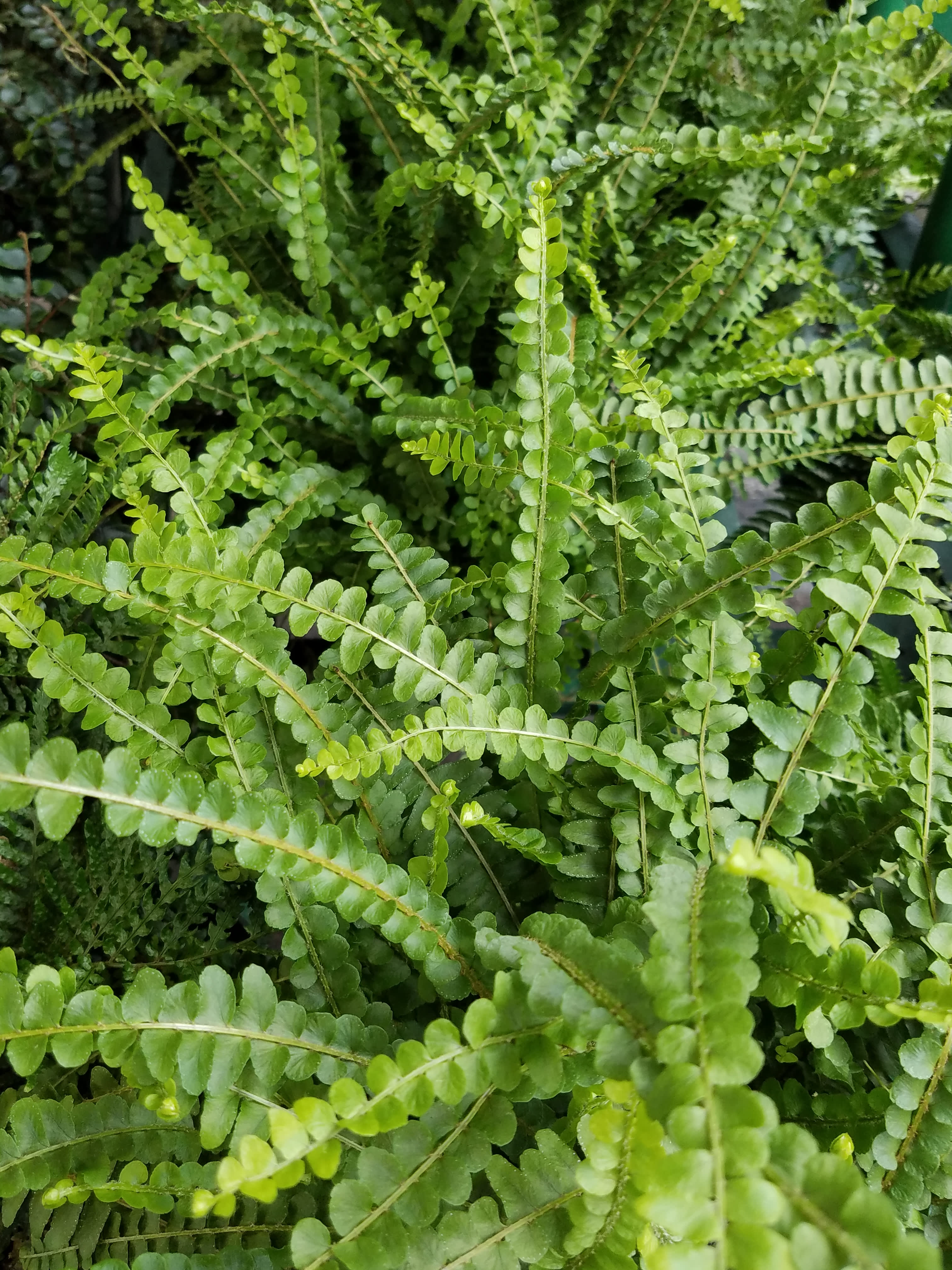


How To Grow Lemon Button Fern Apartment Therapy
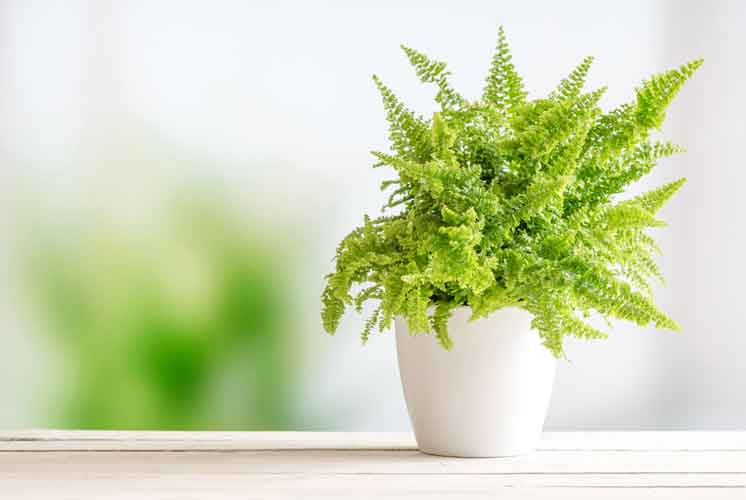


Plant Care Ferns House Plants Flowers
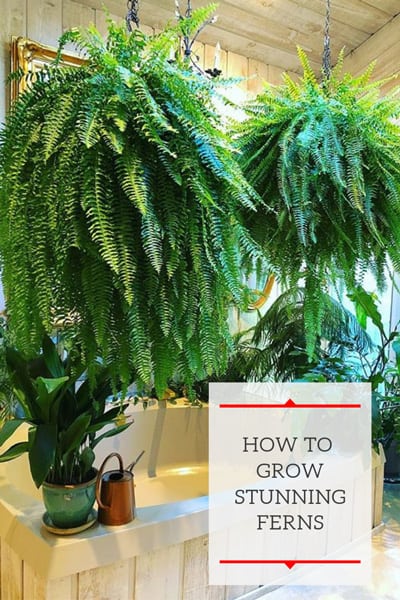


Secrets On How Not To Kill Your Indoor Ferns
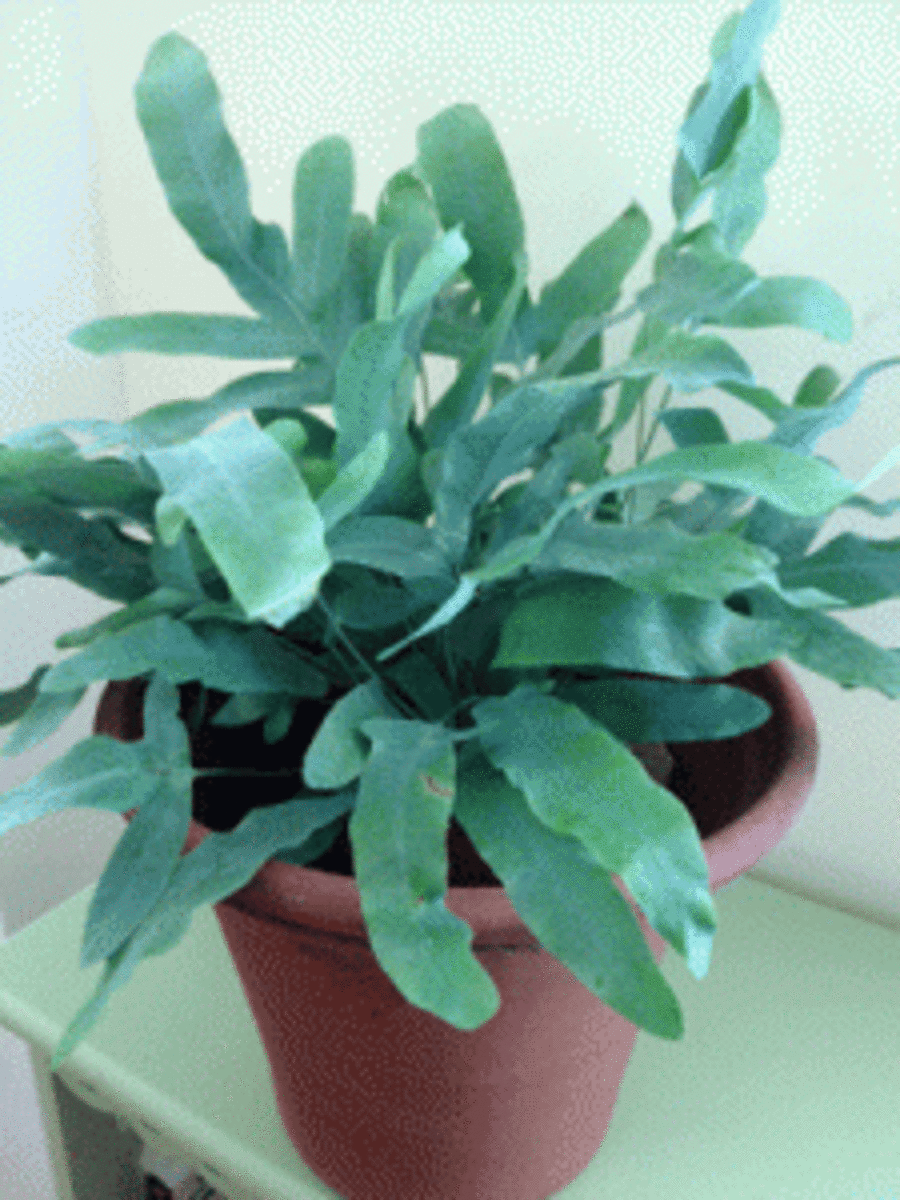


Blue Star Fern Is A Houseplant For Low Light Horticulture



Blue Star Fern Plant Care Guide Ansel Ivy
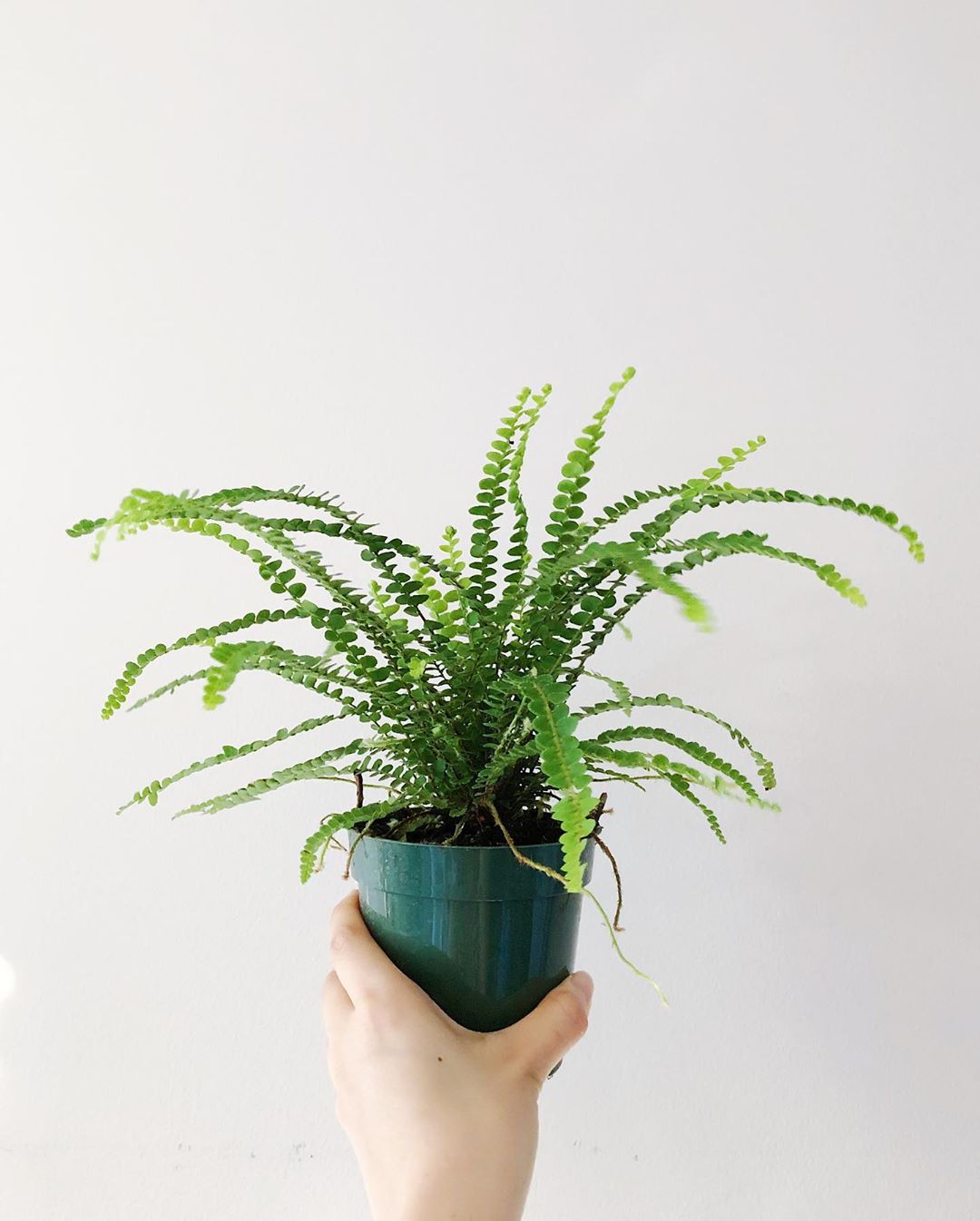


Lemon Button Fern Care Guide Nephrolepis Cordifolia Indoor Home Garden
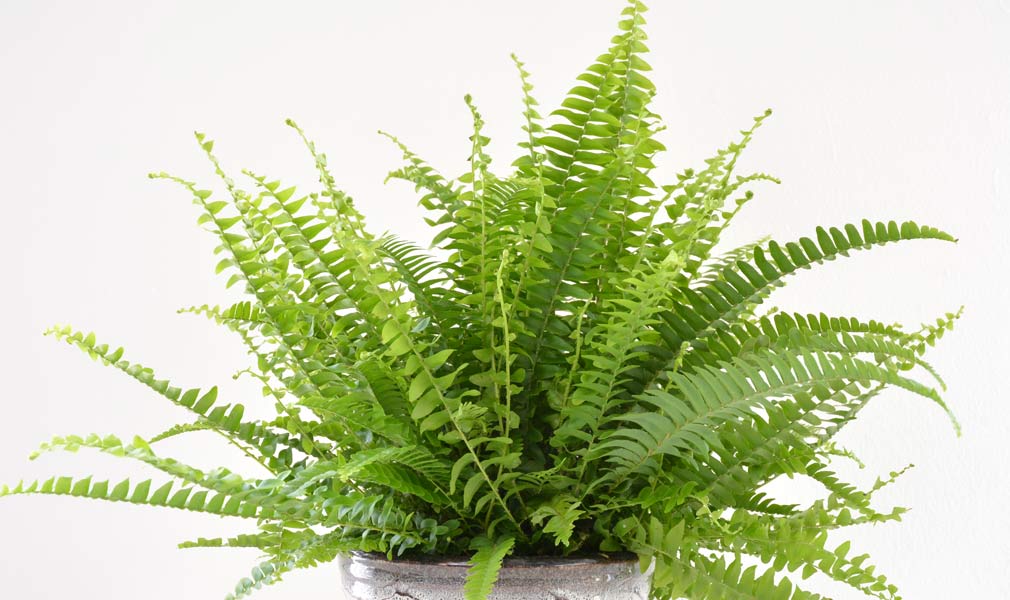


Indoor Boston Fern Care Keep Your Fern Lush And Green



Outdoor Ferns Care Better Homes Gardens



How To Take Care Of A Fern Indoors Hgtv



Episode 99 How To Care For Ferns With Lisa From The Houseplant Guru Bloom Grow Radio


Flowers How To Grow Ferns Caring For Fern Plants For A Better Garden Follow The Gardener S Network
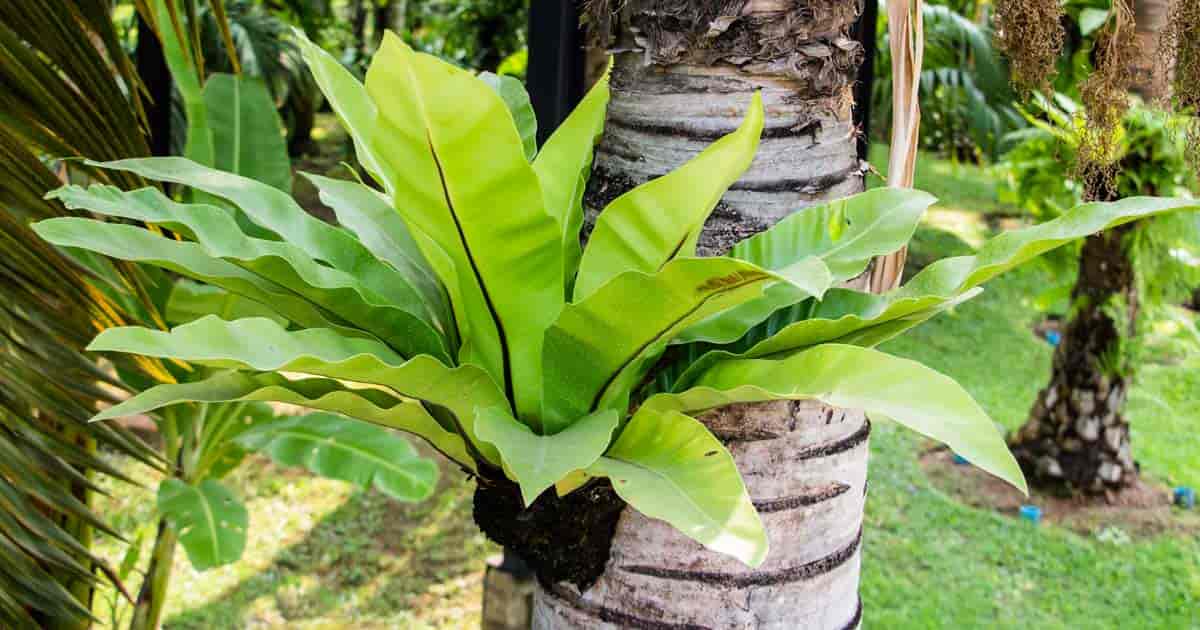


Birds Nest Fern Care How To Grow Asplenium Nidus Plant
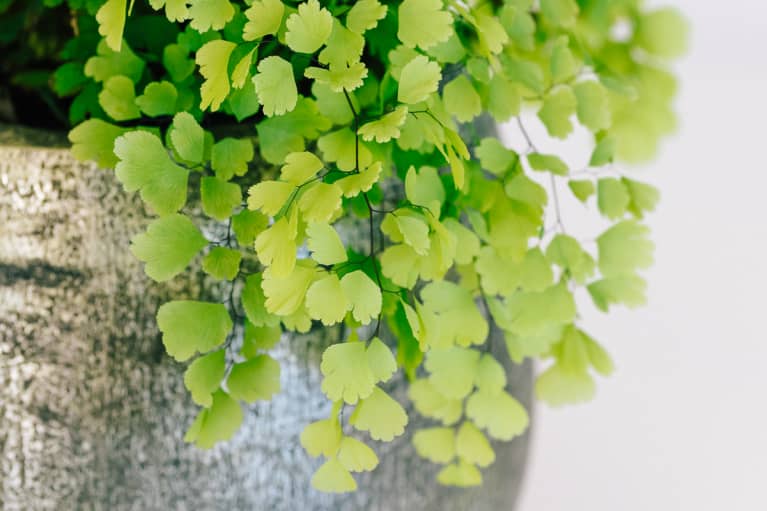


Maidenhair Fern Care Tips How To Keep The Finicky Plant Alive
/kararileyferns-7hero-d6a672d9bacb4f258fbf0d4cafb70aa2.jpg)


Best Techniques For Growing Fern Plants



How To Care For Ferns In Hanging Pots
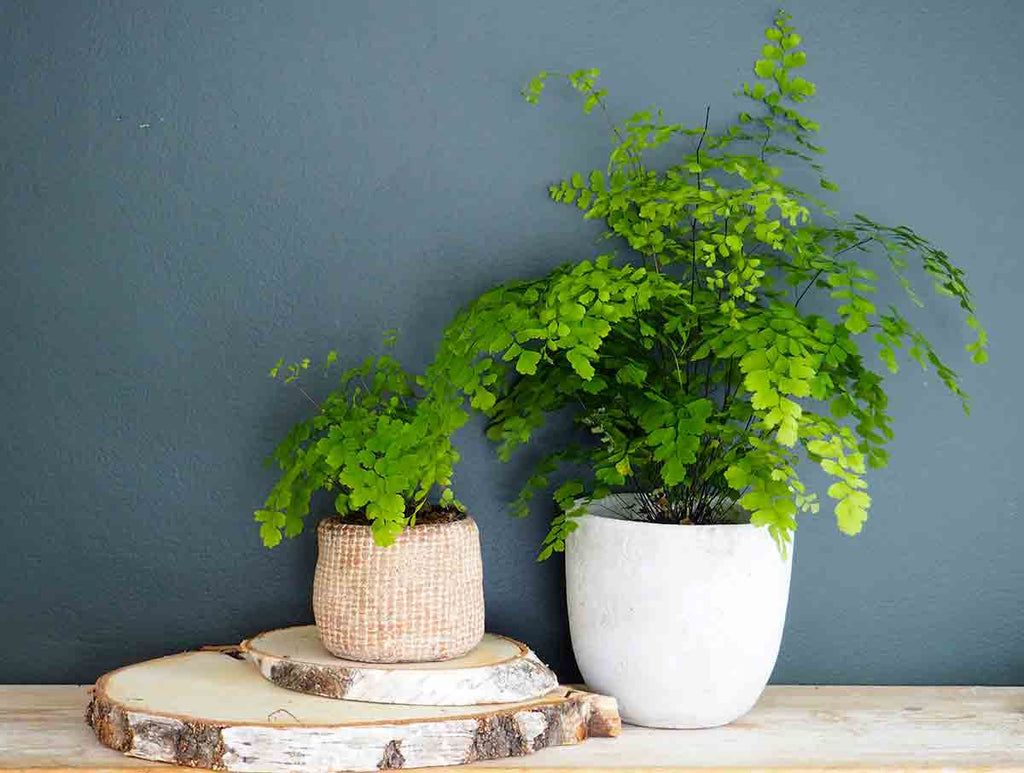


How To Care For Your Houseplants Let S Talk About Ferns Botanique Workshop
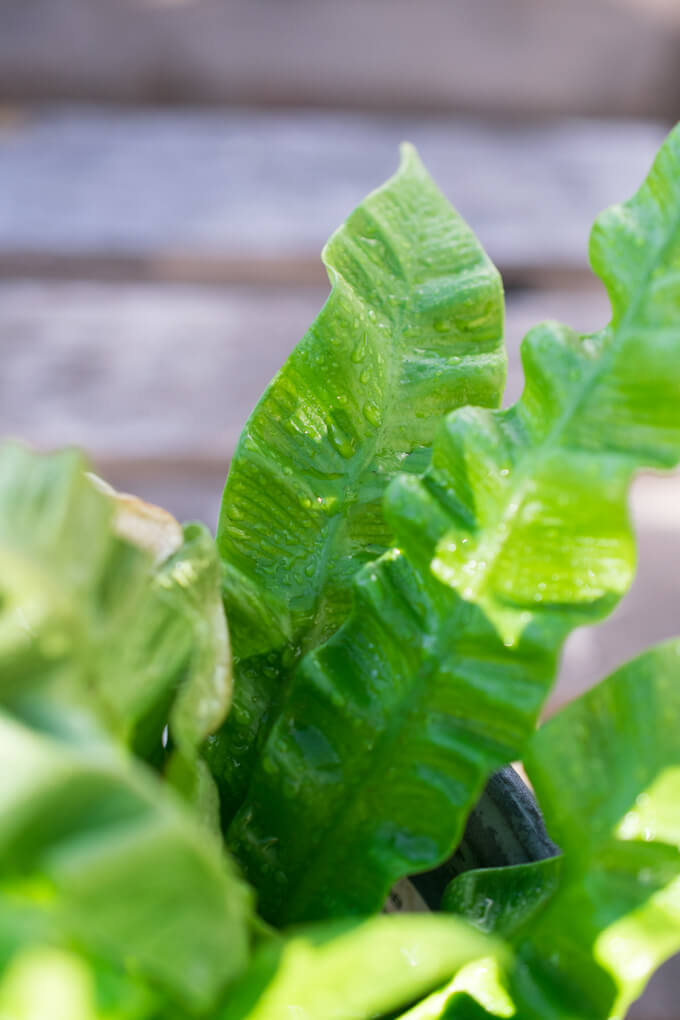


Crispy Wave Plant Care And Troubleshooting Yup It S Vegan



Indoor Fern Plant Care Fern Plant Care Guzman S Greenhouse
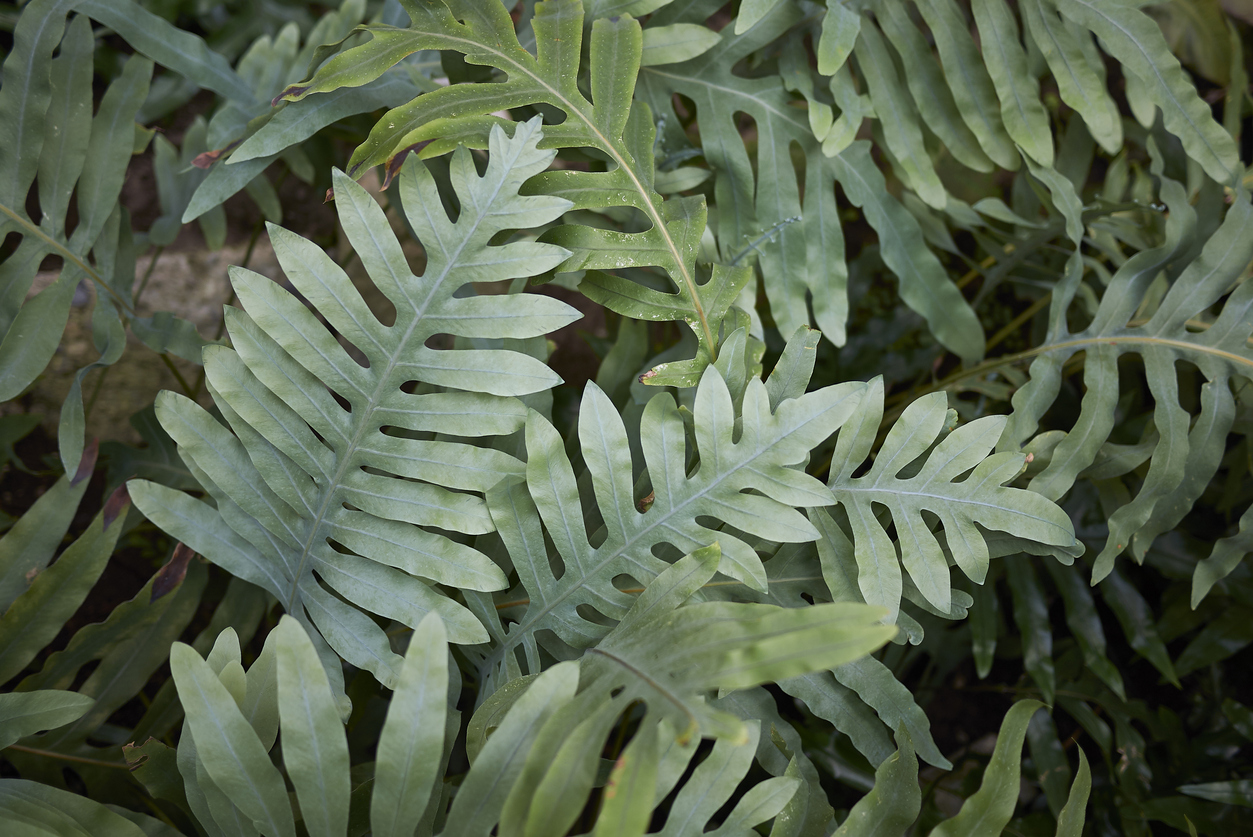


Kangaroo Paw Fern Care How To Grow And Care For Kangaroo Foot Fern



Tassel Fern Care Tips Lush Little Jungle



Care Of Boston Fern Growing Nephrolepis Exaltata The Gardening Cook



Fern Care 101 14 Species That Can Thrive For You Youtube


3
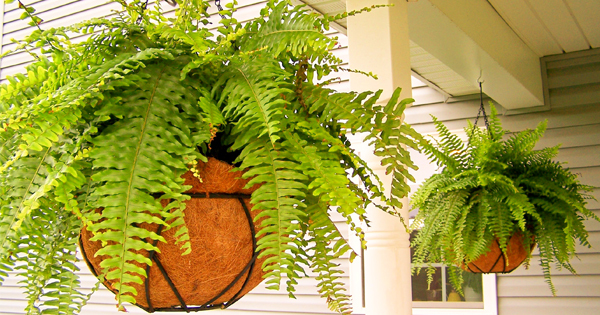


Grow And The Care The Lovely Boston Fern Blog Nurserylive Com Gardening In India



Amazon Com Maidenhair Fern Plant Live House Plant 6 Pot Free Care Guide Industrial Scientific



Bird S Nest Fern Plant Care Guide Ansel Ivy
/grow-asplenium-nidus-ferns-1902716-HERO-6d1500b7277c4d2c975e377ffcfd5f09.jpg)


Bird S Nest Fern Plant Care Growing Guide



How To Mount And Care For A Staghorn Fern Houseplanthouse



Asparagus Fern House Plant Care For 21 Plants Spark Joy
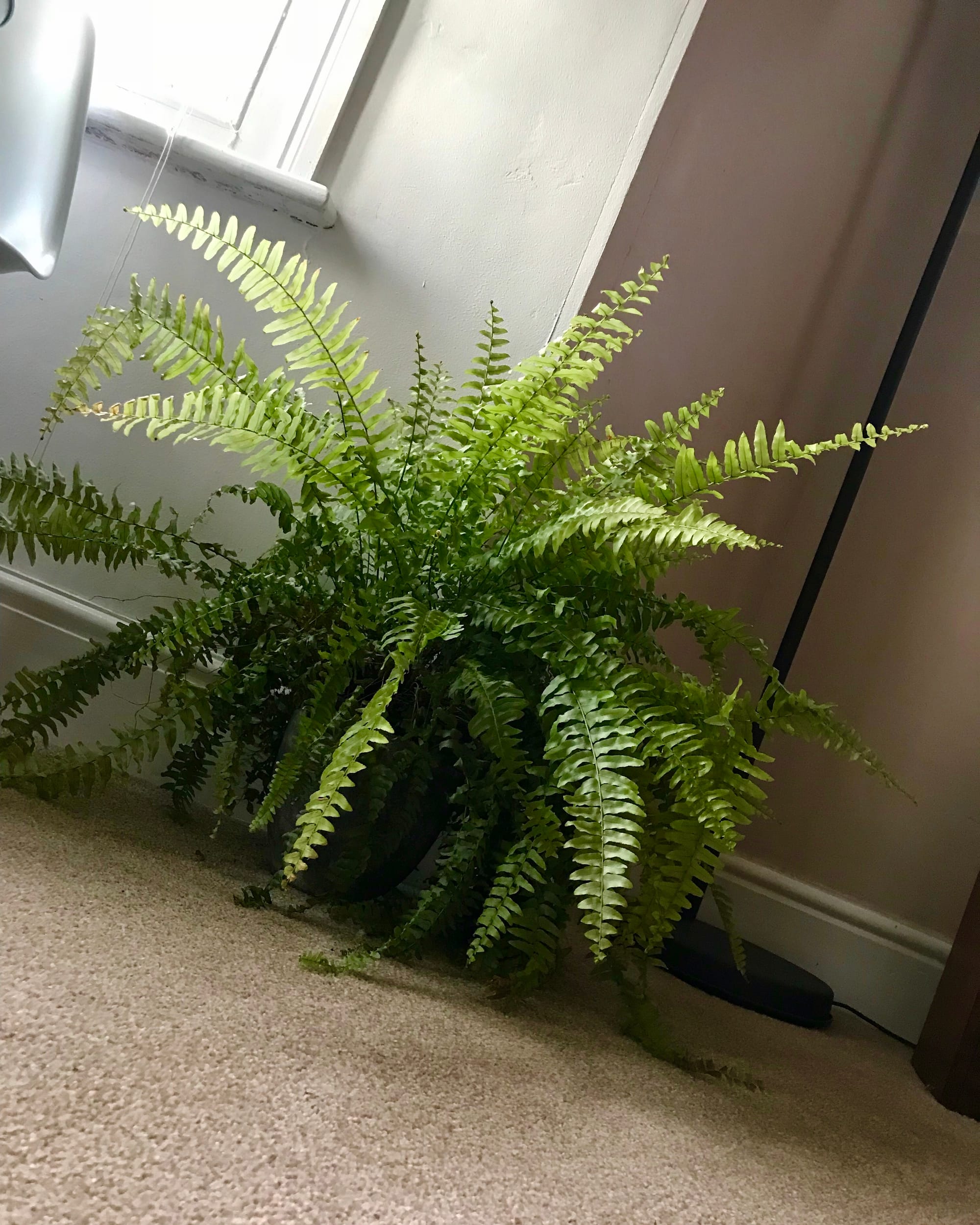


Growing Healthy Indoor Boston Ferns



How To Plant Water Grow Boston Ferns Miracle Gro



How To Plant Ferns In Your Garden Tricks To Care



Fern Care Guide How To Keep Your Ferns Alive Planterina Planterina



How To Keep Your Indoor Ferns Thriving Better Homes Gardens
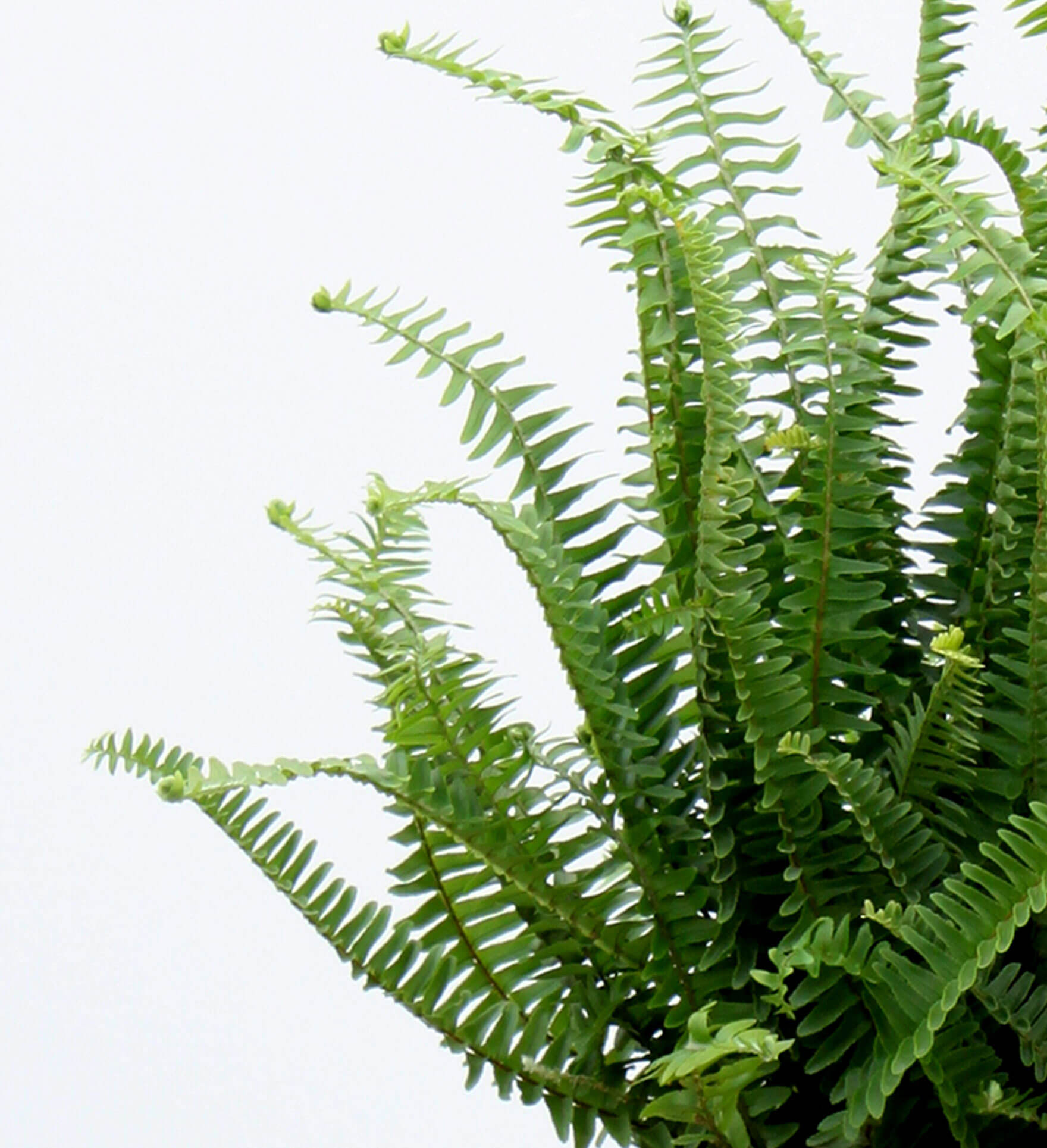


Plant Mom Tips Boston Fern Care Bloomscape
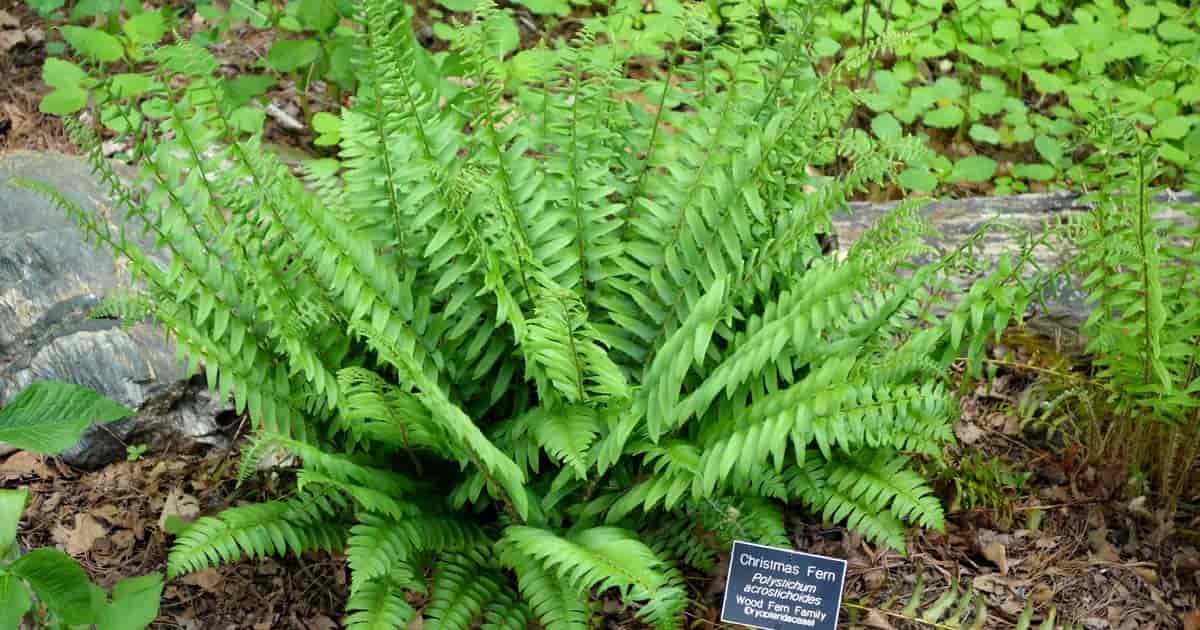


Christmas Fern Care Growing The Polystichum Acrostichoides



Kangaroo Paw Fern Care Guide Flowersandflowerthings


コメント
コメントを投稿